 [Image: From "Lower East Side Quarry" by Rebecca Fode; open each image in a new tab for a larger view].
[Image: From "Lower East Side Quarry" by Rebecca Fode; open each image in a new tab for a larger view].Last month, several students from the Bartlett School of Architecture—studying as part of Unit 11, taught by Mark Smout, Laura Allen, and Kyle Buchanan—came through town for some field trips, workshops, and crits.
At a public event in January, we looked at a huge range of work by all of the visiting students, and a number of the projects—all of them speculative works set in New York City—continue to come to mind. But because of the frequency with which I refer to one of them, in particular, I thought I should post it here.
 [Image: From "L.E.S. Quarry" by Rebecca Fode].
[Image: From "L.E.S. Quarry" by Rebecca Fode].For a project called "Lower East Side Quarry," Rebbeca Fode outlines an elaborate scenario in which the mineral content of the bedrock beneath Manhattan begins to exceed the exchange value of the real estate built upon it; accordingly, sensing access to untold wealth, residents of a rent-controlled street on the Lower East Side band together to form a rogue mining union.
 [Image: Map of Manhattan bedrock, courtesy of the USGS; view larger].
[Image: Map of Manhattan bedrock, courtesy of the USGS; view larger].And downward they go, like economically motivated cousins of London's Mole Man, expanding their cellars beneath the streets with this mythic quarry, beginning in 2012 at a location on Orchard Street, between Broome and Grand; here's a map.



 [Images: From "L.E.S. Quarry" by Rebecca Fode].
[Images: From "L.E.S. Quarry" by Rebecca Fode].Gradually, over time, the unlicensed and increasingly complicated mineworks expand beneath nearly every building in the neighborhood, following two veins of Inwood Marble that track north-south under the city; the buildings, in turn, are propped up by retaining walls and gantries as the quarry swells below.
 [Image: From "L.E.S. Quarry" by Rebecca Fode].
[Image: From "L.E.S. Quarry" by Rebecca Fode].The ground plane thus drops lower and lower each year as the buildings themselves are, in effect, severed from the earth's surface, coming to stand like circus acrobats on stilts over a neighborhood long ago overlooked—or underlooked?—for the mineral wealth in its foundations.
While the project is a narrative scenario, not a real proposal for an emerging DIY extraction industry, it nonetheless presents an interesting question about mineral rights and the exchange value of geology in a major inhabited area. Should a valuable mineral resource of any exploitable extent be discovered down there in the veins beneath New York City, for instance, could mining become a viable use of the city's real estate—and, more to the point, what would be the architectural effects of this radical subtraction of the ground plane?
The city of Johannesburg springs to mind. A recent graduate thesis project by Dorothy Tang, at Harvard's GSD, explored the urban mines that dot Johannesburg's densely populated landscape (some of the mines have even been hijacked and, later, raided by underground security forces), and Mario Gooden's current studio at Columbia's GSAPP also takes Johannesburg's porous, unevenly excavated urban fabric as its site.
But what about the bedrock of Manhattan, an island often described in terms of canyons and analyzed as a geologic city? What happens when New York becomes a site of extraordinary excavation and it begins to expand not through fabulous skyscrapers but through sinuous and labyrinthine mines? What happens when mineral rights become as salable as air rights, when the geologic underpinnings of the city can change hands in a heartbeat, always on the verge of being extracted?
 [Image: Canada's Diavik diamond mine via Wikipedia].
[Image: Canada's Diavik diamond mine via Wikipedia].New York could become not unlike Canada's extraordinary Diavik diamond mine, a hole seemingly in the middle of nowhere with water on all sides, but with some historic neighborhoods, art museums, stock exchanges, and jazz bars propped up above on a numbered grid of bridges shaped like streets.





 [Image: From the talk by
[Image: From the talk by  [Image: From the talk by
[Image: From the talk by 
 [Image: From the talk by
[Image: From the talk by  [Image: From the talk by
[Image: From the talk by 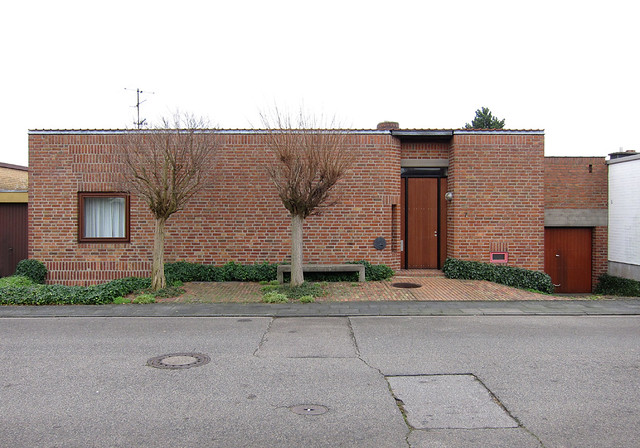
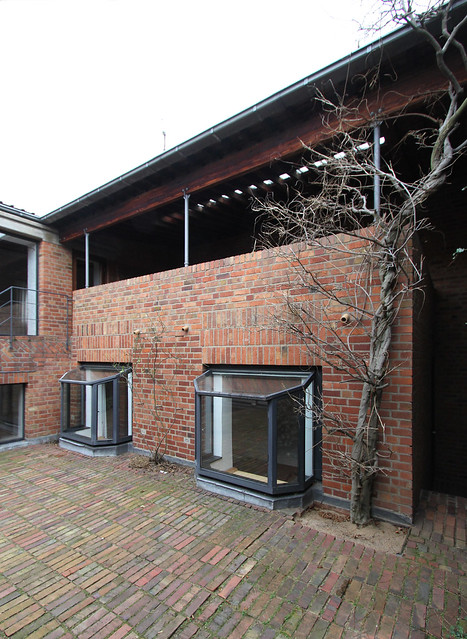

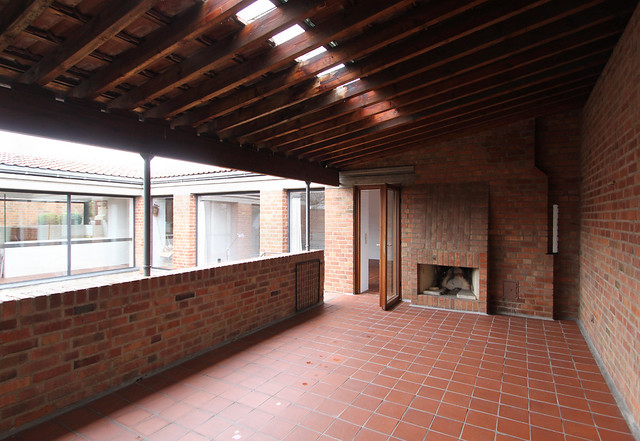
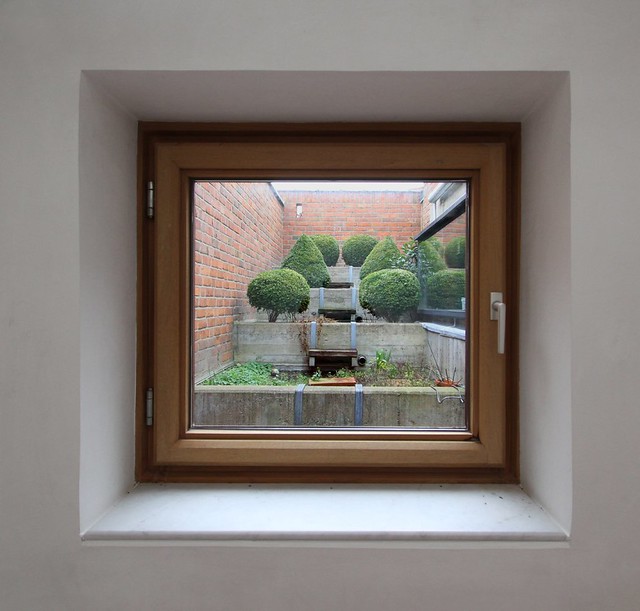
 [Image: Undersea robots guard the internet; image via
[Image: Undersea robots guard the internet; image via 




 Sally's apartment shows her loves very strongly, as everyone's home should. Greek key trims, chinoiserie touches, inspiring design books and art of Venice fill the space.
Sally's apartment shows her loves very strongly, as everyone's home should. Greek key trims, chinoiserie touches, inspiring design books and art of Venice fill the space. It's always fun to go to a friend's house and see they have so many of the same books as you!
It's always fun to go to a friend's house and see they have so many of the same books as you! I loved this bowl of seashells on a sidetable as a reminder of past vacations.
I loved this bowl of seashells on a sidetable as a reminder of past vacations. Two 60's club chairs from her childhood home have been recovered in a neutral linen as a great update. Notice the chinoiserie throw pillows added for comfort (and flair).
Two 60's club chairs from her childhood home have been recovered in a neutral linen as a great update. Notice the chinoiserie throw pillows added for comfort (and flair).  The pineapple lamps do a great job of separating the dining room from the seating area as well as light the space in a beautiful way.
The pineapple lamps do a great job of separating the dining room from the seating area as well as light the space in a beautiful way. Her dining table doubles as an entry console when not in use. I loved the turquoise
Her dining table doubles as an entry console when not in use. I loved the turquoise  And I can't forget the delicious shortribs served on her grandmother's china for dinner which hit the spot on a cold evening. Thanks for a wonderful evening, Sally!
And I can't forget the delicious shortribs served on her grandmother's china for dinner which hit the spot on a cold evening. Thanks for a wonderful evening, Sally!
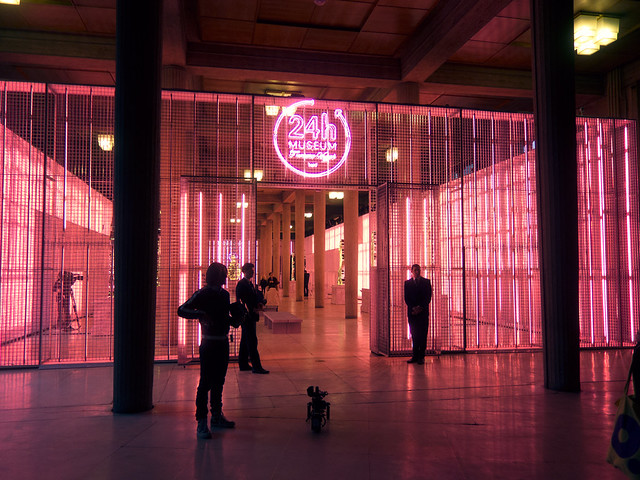


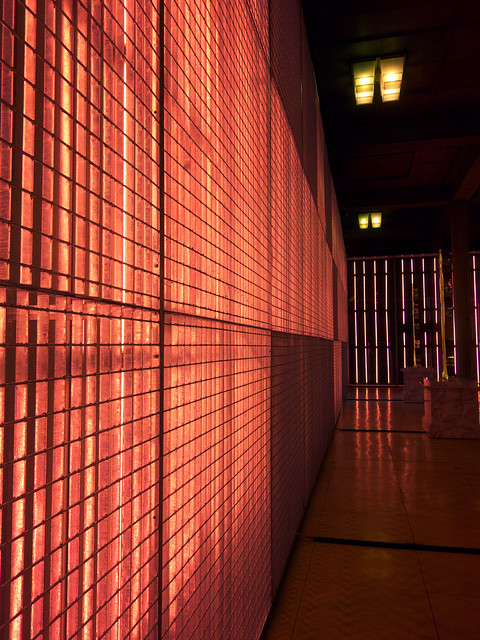
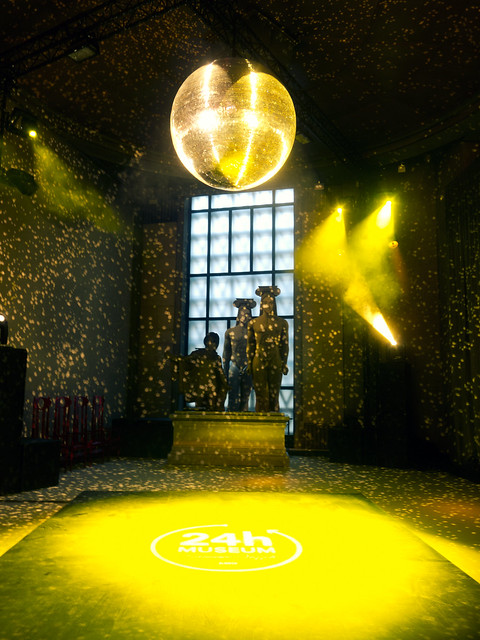


 All is not lost however, I think the warren of small servant spaces in the back of the plan could easily become a powder room and more open kitchen with a connection to the living room for better traffic flow.The bedrooms are all small and share one bath. Heavens!
All is not lost however, I think the warren of small servant spaces in the back of the plan could easily become a powder room and more open kitchen with a connection to the living room for better traffic flow.The bedrooms are all small and share one bath. Heavens!  The bedroom in the upper right hand corner could easily and inexpensively be turned into a master bathroom and walk in closet as the plumbing is nearly there, en suite with the bedroom on the lower right. I would shut access to the sleeping porch off from the left hand bedroom so it becomes private to the master suite. Wouldn't it be nice to turn the roofs on the 2 sunporches into decks too?
The bedroom in the upper right hand corner could easily and inexpensively be turned into a master bathroom and walk in closet as the plumbing is nearly there, en suite with the bedroom on the lower right. I would shut access to the sleeping porch off from the left hand bedroom so it becomes private to the master suite. Wouldn't it be nice to turn the roofs on the 2 sunporches into decks too? [Image: The Sky Sapience HoverMast, via
[Image: The Sky Sapience HoverMast, via 

